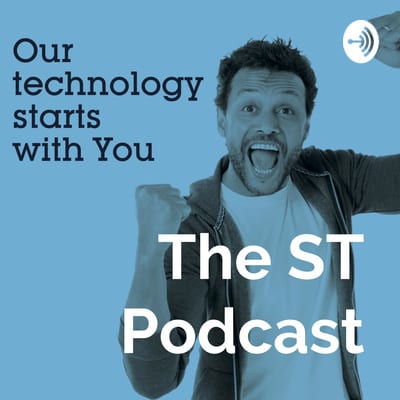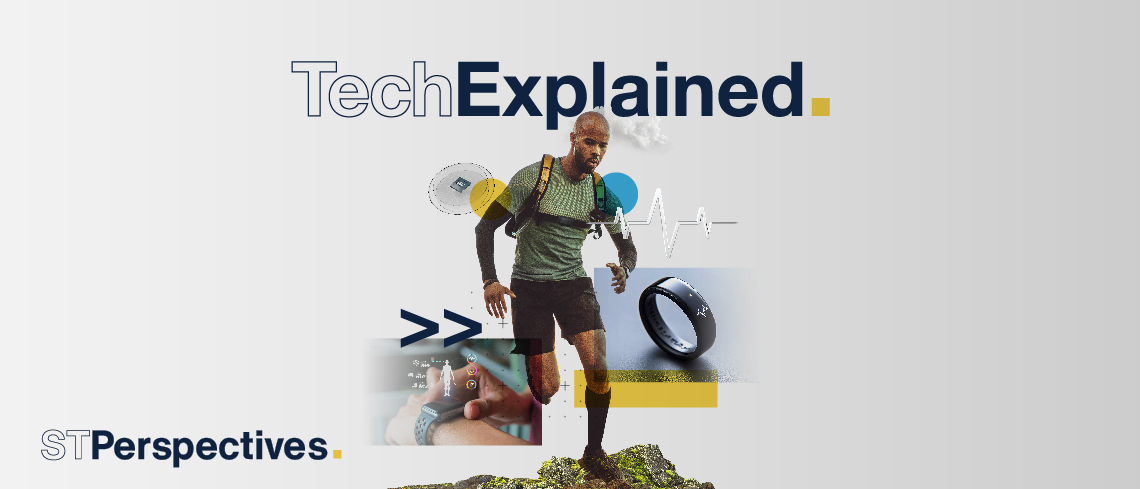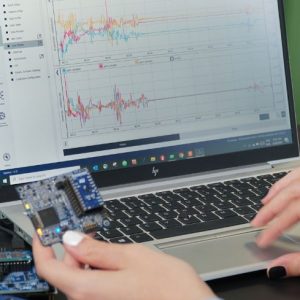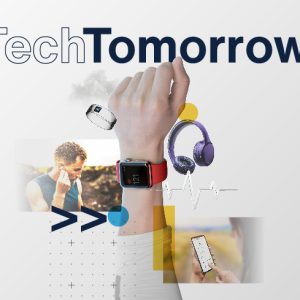How Biosensors are Transforming Health Monitoring
Biosensors are revolutionizing the way we monitor health, transforming biological signals into real-time insights. The infographic below explores the evolution of biosensors from their origins in the 1960s to their widespread integration into modern wearable technology. By continuously tracking vital health metrics, biosensors empower individuals with personalized health data and assist medical professionals in diagnostics.
The Rise of Biosensors in Everyday Life
Biosensors are no longer confined to medical laboratories—they are now embedded in everyday devices such as smartwatches, rings, and even clothing. These advanced sensors can measure heart activity, breathing patterns, and oxygen saturation, providing users with real-time feedback on their well-being. The convenience and non-invasive nature of biosensors make them a game-changer for proactive health monitoring.
Transforming Health Through Advanced Monitoring
One of the key advantages of biosensors is their ability to track vital signs with high accuracy. Technologies like electrocardiography (EKG) and photoplethysmography (PPG) allow for precise heart rate and oxygen level measurements. By analyzing these biological signals, biosensors provide crucial health data that can detect early warning signs of medical conditions, enabling timely intervention. As biosensor technology continues to advance, it is set to become an indispensable tool for both individuals and healthcare providers. By enabling real-time, continuous health tracking, biosensors bridge the gap between personal wellness and medical diagnostics, paving the way for a future where health monitoring is seamless, accessible, and deeply integrated into daily life.
As biosensor technology continues to advance, it is set to become an indispensable tool for both individuals and healthcare providers. By enabling real-time, continuous health tracking, biosensors bridge the gap between personal wellness and medical diagnostics, paving the way for a future where health monitoring is seamless, accessible, and deeply integrated into daily life.
- Discover more on our Biosensors




